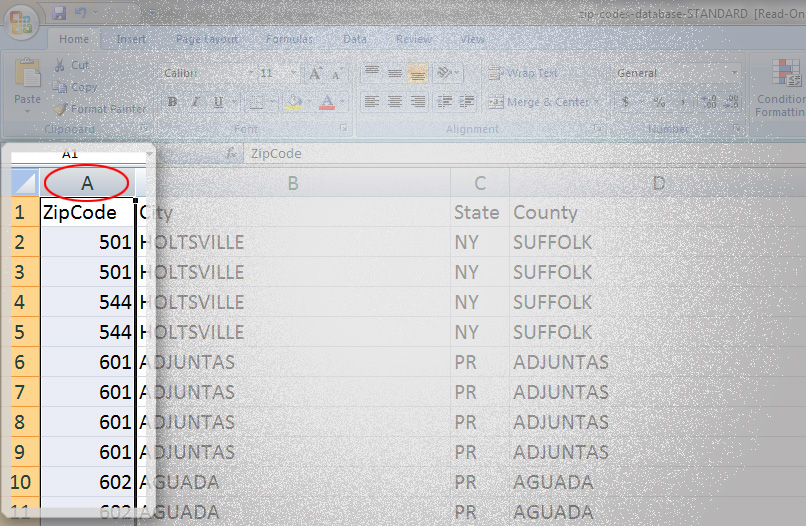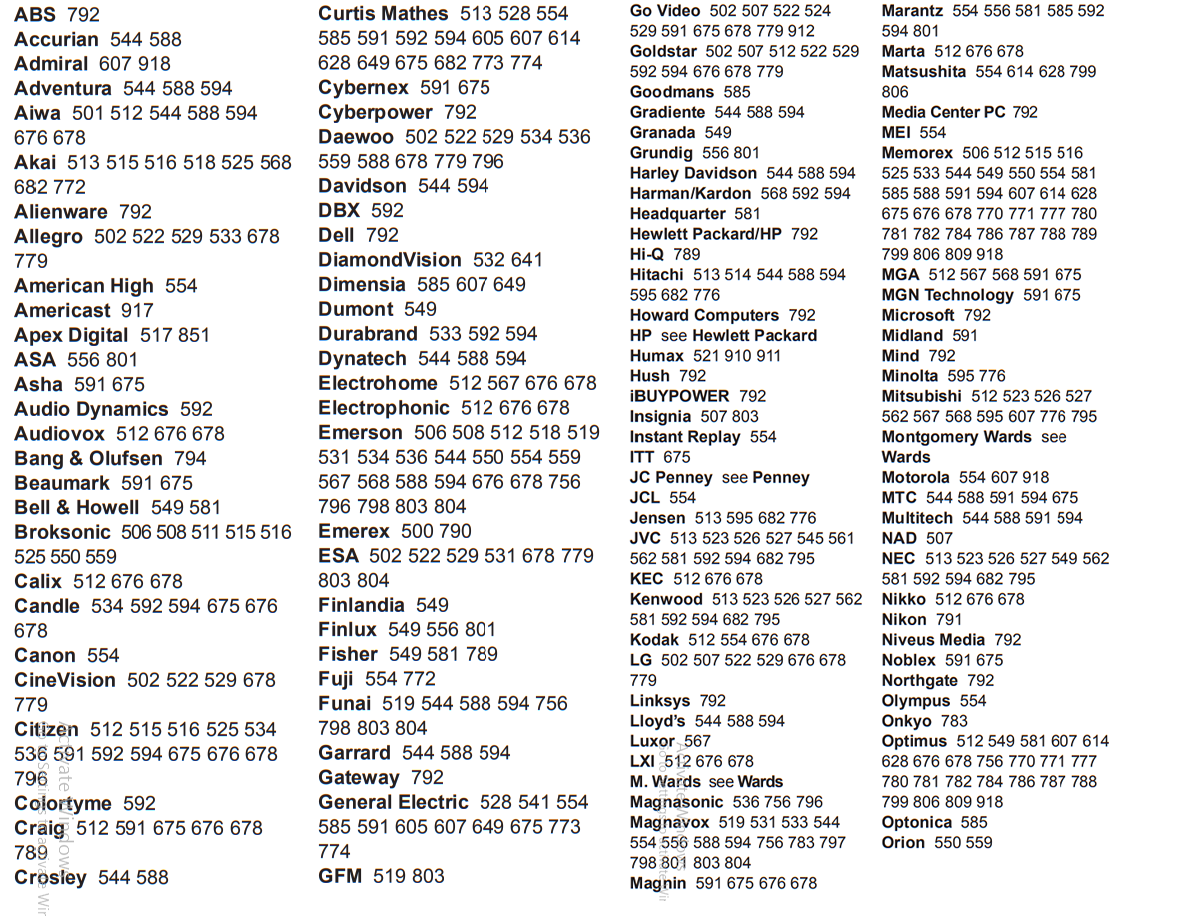

#US POSTAL 4 DIGIT CODE CODE#
So if the campus mail code is 123456, the box number is 951234.īox 951234, 5555 Campus Hall (box, if available, and campus address)
#US POSTAL 4 DIGIT CODE PLUS#
The box number is 95 plus the first four digits of the campus mail code. mail ZIP code is 90095-1234.īox numbers are required for all units that use the 90095 zip code. So, if the campus mail code is 123456, the U.S. Use a USPS "ZIP + four" code: the first four digits of the six-digit campus mail code are used as the last four digits of the ZIP code for all campus units.


ZIP Code 90095ĭepartments using this ZIP code receive mail services from UCLA Mail, Document & Distribution Services (MDDS). The following guidelines apply to official UCLA addresses. Mail delivery is quicker and more reliable when you use the correct address format. See the formatting instructions below for each ZIP code for special instructions on the other locations mentioned above.
#US POSTAL 4 DIGIT CODE FULL#
Automatic mail sorting systems apply a Postnet barcode to mail items that corresponds to a full code, and multi-line optical character readers can determine the correct ZIP+4 from the barcode and written address.Note: When addressing mail to departments within ASUCLA, it is helpful to include the room number. Fortunately, around the time the expanded codes were implemented, the technology available to the USPS meant that people didn’t have to remember or use the full code. Getting the public on board with the regular old ZIP codes had been hard enough (some people were annoyed they had another number to remember in addition to telephone area codes and their Social Security number, while others thought that being represented by a number was dehumanizing and un-American), so the ZIP+4 never caught on with people. The eighth and ninth digits designate a “delivery segment,” like a specific side of a street, a floor in an office or apartment building, or a specific department within a large office. boxes, a group of buildings, or even a single high-rise building. The sixth and seventh digits of a ZIP+4 indicate a “delivery sector,” like a group of streets, P.O. These new digits identified an area-like a group of apartments or office buildings-or a high-volume mail receiver within a five-digit delivery zone to help with mail sorting and delivery. Over the next two decades the ZIP system became strained, too, and in 1983, the Postal Service expanded it to create the ZIP+4 system, tacking on an extra four digits at the end of the old codes. A five-digit code was assigned to every address in the country-the first designated a broad geographical area or group of states (“1,” for example covers New York, Pennsylvania, and Delaware), the next two designated a region or large city in that area (“91” covers Philadelphia) and the last two represented a smaller delivery zone or group of delivery addresses in that region. To keep the mail moving efficiently, the Postal Service introduced the Zone Improvement Plan (ZIP) in 1963. Postal Service could see that the old Postal Delivery Zone System was outdated and couldn’t handle increasing mail volume and urban and suburban expansion. Let’s start with those first five digits you’re already familiar with. Almost everyone knows their five digit ZIP code, and probably a few others within their city, but what’s up with the extra four digits you sometimes see on mail?


 0 kommentar(er)
0 kommentar(er)
